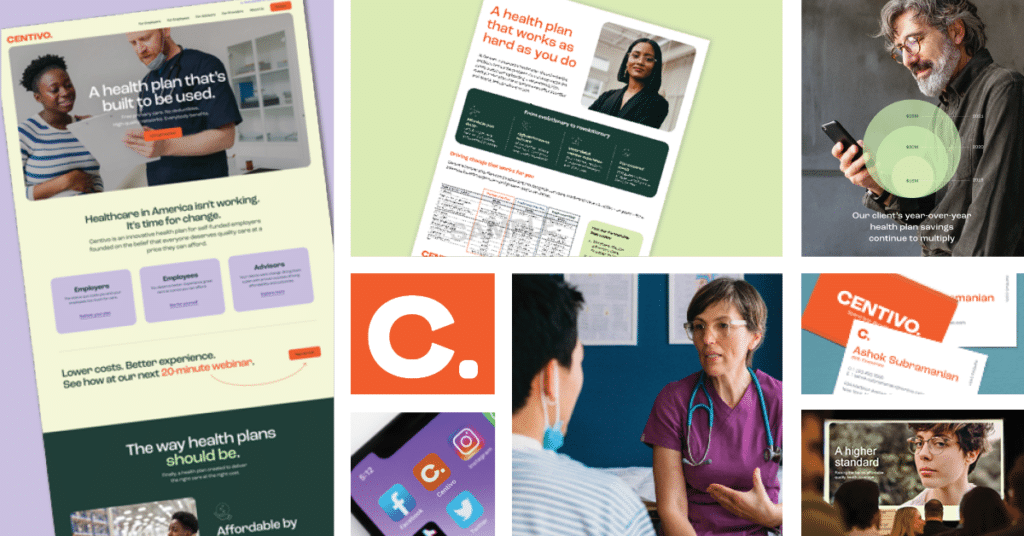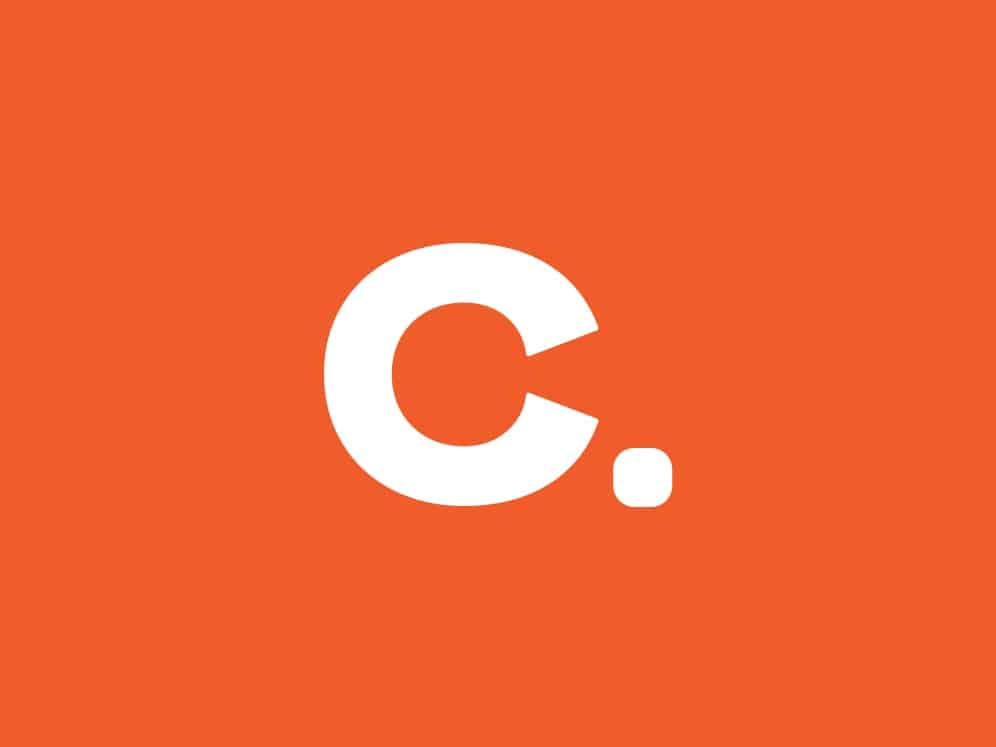If you are a health benefits broker, you’ve heard this argument from the human resources professionals you serve. Employees with employer-sponsored health plans, they say, refuse to consider any plan that limits their choices. That to even suggest – or ask for – plans that limit options in the hopes of better cost control are the third rail of health plan sales. I call it the great “no-tradeoffs” myth.
Tradeoffs are, in fact, very much on the table according to the Centivo Healthcare and Financial Sacrifices Survey, 2021. Centivo conducted the survey in August 2021 among 805 US adults ages 18-64 with employer-sponsored private health insurance. The survey focused mainly on putting hard data around the myriad of downstream health and financial issues caused by the healthcare affordability crisis for American workers. From taking on credit card debt to depleting savings accounts, from skipping care to mental health impacts, the findings were sobering, scary and a call to action for all of us in the healthcare ecosystem.
Against this troubling backdrop, however, our survey also provided some rays of hope (and this is where we come to the myth busting part). Findings strongly suggest that a large segment of employees would readily accept a plan with tradeoffs built in, such as a comparatively smaller provider network than they are used to seeing, or stricter referral rules, in exchange for significant healthcare savings.
Here’s what they told us:
- Fully 73% polled say they are willing to trade how they access care for savings of 10 to 30% on their annual healthcare costs.
- About half (47%) say they would accept requirements that they select a primary care provider (PCP) from a list and 50% say that they would accept getting a referral from their PCP before seeing a specialist.
- And 30% would be willing to change primary care doctors; that number is likely to grow, considering 33% of millennials don’t even have a family doctor.
- Almost three in 10 (28%) would give up seeing one or more specialist they currently see.
While these percentages are eye-opening, in my experience, when approaching a scary topic like picking a health plan, context is key. I always say when shopping for health plans, people don’t think about percentages. Rather, people think about dollars and cents.
For example, let’s say “Dale” is a full-time grocery store worker who makes $50,000 per year, with take home pay of $35,000. Imagine if Dale could choose a plan that saved $300 per month compared to the plan Dale has traditionally selected. Over the course of a year, that’s $3,600. Savings like that free up money for car payments, kids’ college expenses and more. In other words, most of us can really relate to how great having $3,600 back in our pockets would be vs “save 30%” and also offers an opportunity to make a tangible difference in Dale’s life.
Why wouldn’t an HR professional want to offer such a plan to employees like Dale? Why wouldn’t brokers push them to do so?
And don’t just “offer” it alongside some generic chart of plan options; create examples like I just did with Dale to bring the savings to life and communicate these savings examples at open enrollment and throughout the year.
So, let’s all agree that the “no tradeoffs” myth is busted. Employees will make tradeoffs to lower their healthcare costs. They don’t need access to endless pages of providers. The ability to fill a prescription at any pharmacy simply isn’t a top priority. And PCP/specialist loyalty is clearly overstated. What they need is a health plan they can actually afford to use, with design features like no deductible, free advanced primary care and easy to understand, straightforward copays instead of coinsurance.
Are you ready to give them one?
Let’s talk about how we can help you do just that. To contact us, click here.

